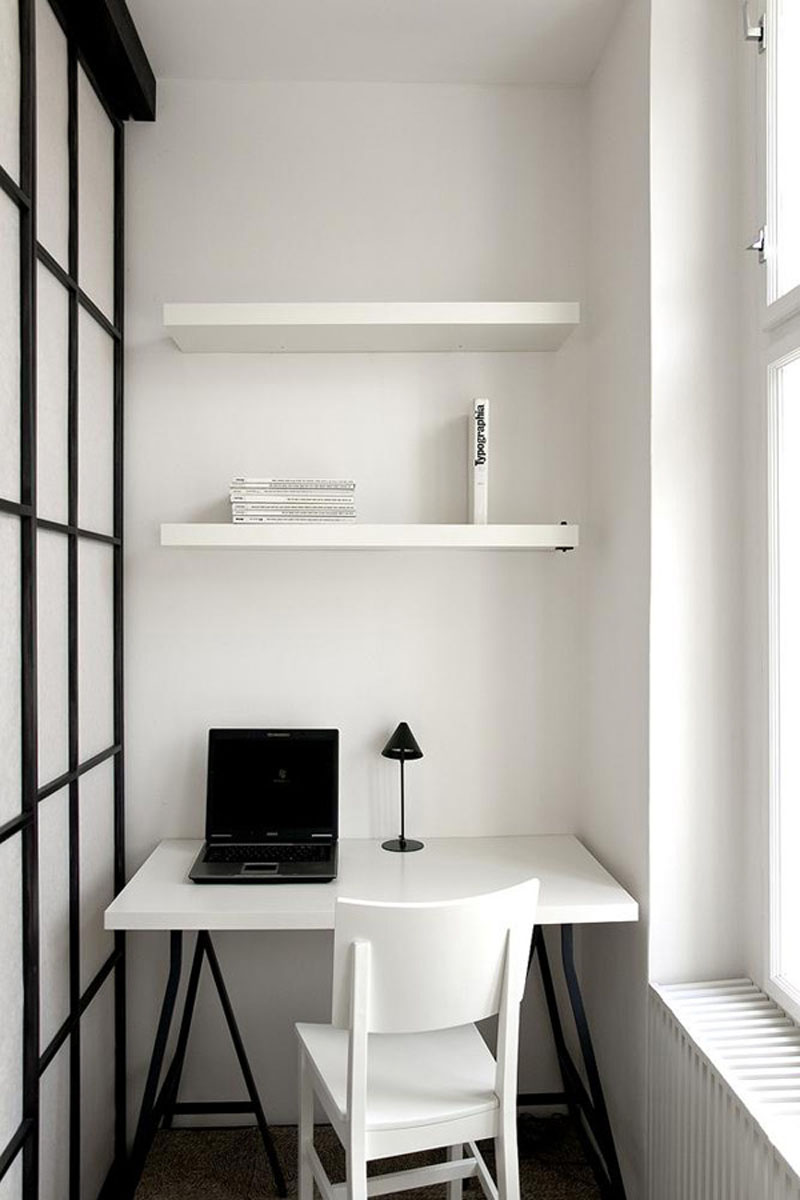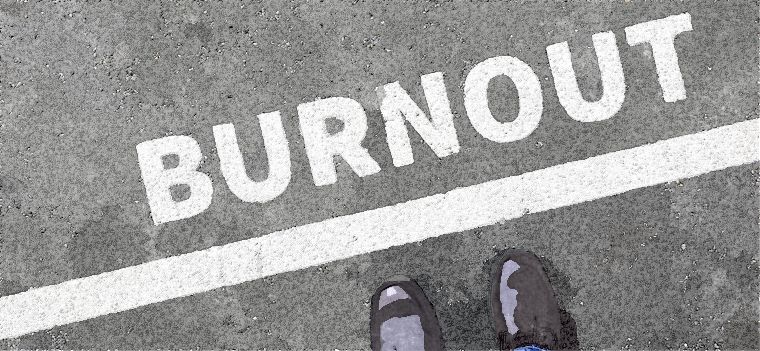Table of Content
Under the Regular Method, you first calculate the percentage of the home that is used for qualified business purposes. For instance, if your office is 15 by 20 feet, for a total of 300 square feet, and your home is 2,000 square feet, then 15 percent of your home is used for business. One of the benefits of running your own small, home-based business is the possibility of paying less tax by expensing the use of your office space.
In addition, you’ll need to back up the figures on your taxes if the IRS audits you. Therefore, it’s recommended to log all business-related receipts, record expenses and create a system that allows you to organize this information. If you have a complex tax situation or need help maximizing your tax return, it’s helpful to work with a tax professional. Regardless of the method used to compute the deduction, you may not deduct business expenses in excess of the gross income limitation.
Can I switch back and forth between the two options from year to year?
If that isn't enough of an incentive, the penalties for not paying quarterly taxes on time should convince you to get it right. As a business owner, you have many options for paying yourself, but each comes with tax implications. The standard method requires more recordkeeping and more complex calculations, but often results in a larger deduction, especially for larger homes or homes in more expensive areas. Working from home offers many attractive perks in terms of flexibility and convenience. Make sure that you also maximize your home office from a tax perspective by claiming your home office deduction. That said, the IRS won’t penalize you if you make quarterly tax payments that are slightly off target.

An easier calculation is acceptable if the rooms in your home are all about the same size. In that case, you can figure out the business percentage by dividing the number of rooms used in your business by the total number of rooms in the house. An unprecedented number of workers and businesses have transitioned to a work-from-home model. If you work from home, you should know these important tax implications of setting up a home office. Get live help from tax experts, plus a final review before you file — all free. If you are an employee, use of a portion of the home as the main place in which you conduct your business, or meet with customers, clients or patients, must be for the convenience of your employer.
How to Maximize Your Tax Deductions and Cut Your Taxable Income
Self-employed persons are still able to take the deduction on a Schedule C and are subject to the same strict guidelines for deducting the home office expense as in past years. Tax deductions reduce the amount of taxable income subject to tax, while tax credits reduce the total amount of taxes paid. It is important to understand the difference between these two types of tax relief in order to maximize your savings.

The first step in computing expenses is to determine the square footage of the workplace and divide that by the total square footage of the home. In addition to being self-employed, you’ll need to meet several other Internal Revenue Service requirements to be eligible for the home office tax deduction. You can’t deduct depreciation for the part of your home used for qualified home business use if you use the simplified deduction method. However, you can still claim depreciation on other assets used for your business if you use the actual expenses method. Partners in partnership businesses may be able to deduct business use of home expenses if the partnership doesn’t reimburse them for these expenses. The total from each partner’s calculations goes on these three tax forms schedules E, SE, and K-1.
What Is Capital Gains Tax on Real Estate?
She has worked in multiple cities covering breaking news, politics, education, and more. Her expertise is in personal finance and investing, and real estate. Ebony Howard is a certified public accountant and a QuickBooks ProAdvisor tax expert. She has been in the accounting, audit, and tax profession for more than 13 years, working with individuals and a variety of companies in the health care, banking, and accounting industries. If your business is in a federally declared disaster area during the year, you may be able to deduct casualty losses for your home business. This plan will outline which expenses will be eligible for reimbursement, and how they will be paid.
Under the regular method for computing the deduction, you may be able to carry forward some of these business expenses to the next year, subject to the gross income limitation for that year. There's no carryover provision under the safe harbor method, but you may elect into and out of the safe harbor method in any given year. Generally, it is wise to figure the deduction using both the regular method and the simplified method. Then, choose which one provides the most benefit remembering that the amount of itemized deductions for mortgage interest and real estate taxes are also impacted by the method of choice. The good news is that if you make use of space in your home for business purposes, you may be able to take advantage of what is known as the home office deduction on your tax return. Is the workspace for your home office used exclusively and regularly for business?
Where does the home business deduction amount go on my Form 1040?
You may have heard that taking the home office deduction sends a red flag to the IRS and ups your chances of being audited. Although there may have been some merit to this advice in the past, changes in the tax rules in the late 1990s made it easier for people who work out of their homes to qualify for these write-offs. You may elect to use either the simplified method or the standard method for any taxable year. However, once you have elected a method for a taxable year, you cannot later change to the other method for that same year.

The simplified method can make it easier for you to claim the deduction but might not provide you with the biggest deduction. TurboTax makes it easy to determine if you qualify and how much you can write off by asking you simple questions about your unique tax situation. TurboTax has you covered whether your tax situation is simple or complex. We’ll help you find every deduction you qualify for and get you every dollar you deserve.
Whether you're self-employed or a partner, you may be able to deduct certain expenses for the part of your home that you use for business. If you own your home, you can also depreciate the portion of your home you use for business based on the business-use percentage. Multiply the cost of your home, not including land, by your business-use percentage. You can depreciate the business-use portion of your home over 39 years (31.5 years if you started to use your home for business before May 13, 1993). If you work as an employee and for yourself, your home office can only support your self-employment and not your job as an employee in order to be deductible.
The home must generally be the taxpayer's principal place of business. A taxpayer can also meet this requirement if administrative or management activities are conducted at the home and there is no other location to perform these duties. Therefore, someone who conducts business outside of their home but also uses their home to conduct business may still qualify for a home office deduction. Expenses that relate to a separate structure not attached to the home will qualify for a home office deduction.
Business owners often gravitate toward the method that will garner the larger tax deduction. The benefits of the depreciation deduction over many years (the "bird in the hand" affect) may outweigh the potential cost of depreciation recapture sometime in the future, but each situation is different. In other words, you run your freelance operation from that location. This doesn't necessarily mean that you can't serve clients elsewhere, however. You just have to manage your business from your home office rather than at any other location. For example, instead of being paid $100,000, your employer could pay you $95,000 in wages plus a $5,000 home office expense reimbursement, making your salary the same—while saving you more on taxes.

Total deduction is limited to business use of home minus business expenses. To claim the deduction, an area of your home has to be designated as your principal place of business, and—the clincher—used exclusively for work. Everything in that designated space needs to be only for work purposes. It takes more than a personal computer to classify your spare bedroom as a home office. If you want to avoid a very unpleasant audit, you must understand the home office deduction rules, and you must apply them correctly to properly claim your deduction.
Home Office Tax Deduction 20237 min read
These contributions can be deducted from your taxable income, reducing your overall tax liability. Deductions on state and local taxes for businesses can vary from state to state, so be sure to check with your local tax authority for more information. Some states offer deductions on sales taxes or income taxes, while others have specific deductions that apply to certain industries. Make sure to take advantage of any available state tax deductions in order to reduce your business’s taxable income. The IRS offers certain tax deductions for small business owners to help make the process of filing taxes easier and more efficient.

With TurboTax Live Full Service Self-Employed, work with a tax expert who understands independent contractors and freelancers. Your tax expert will do your taxes for you and search 500 deductions and credits so you don’t miss a thing. You can also file your self-employed taxes on your own with TurboTax Self-Employed.

No comments:
Post a Comment